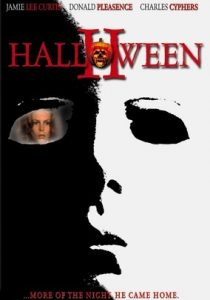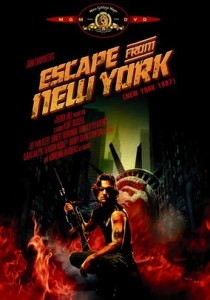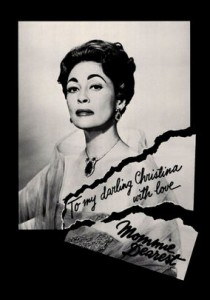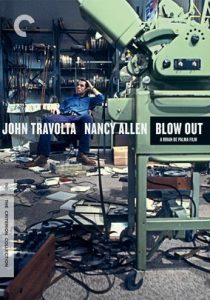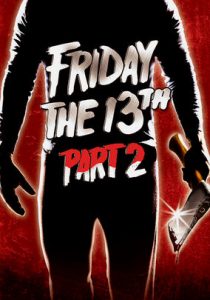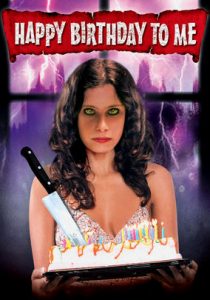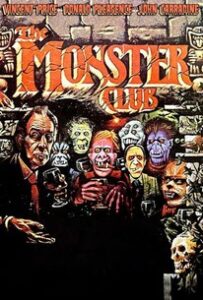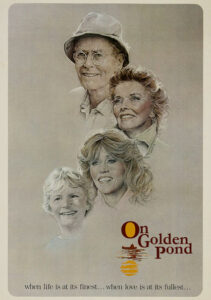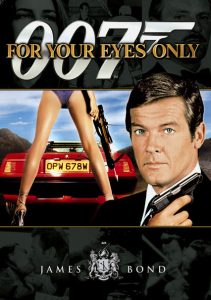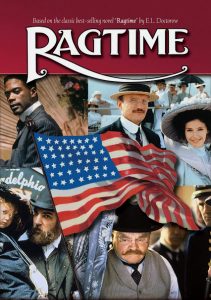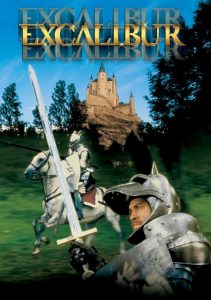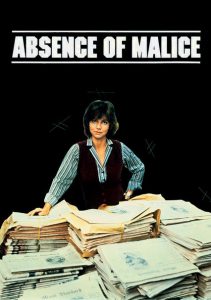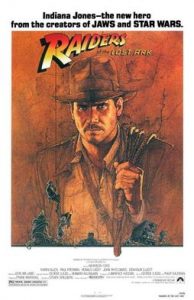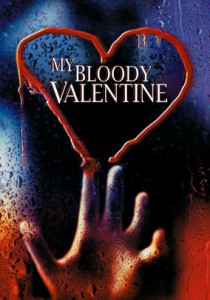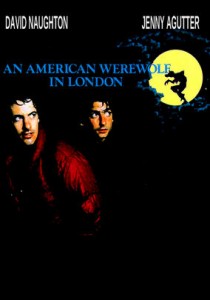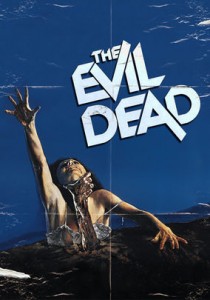Halloween II-1981
Director Rick Rosenthal
Starring Jamie Lee Curtis, Donald Pleasence
Top 250 Films #135
Top 40 Horror Films #23
Scott’s Review #505
Reviewed October 31, 2016
Grade: A
The follow-up to the surprise 1978 cult classic, independently made Halloween- directed by legend John Carpenter, Halloween II (1981) was made in 1981.
In real life, it is three years later, but the film, picks up immediately where the original left off in a chronological sense- the infamous night Michael Myers came home to brutalize the town where he killed his sister years earlier.
This is an excellent plot point that makes this film successful as it takes the viewer immediately back to that infamous night.
Halloween II is one of my favorite film sequels.
Despite not directing Halloween II, John Carpenter, along with Debra Hill, both wrote the script so that they are, thankfully, heavily involved in the production, giving it authenticity and familiarity.
So much so that Halloween and Halloween II can be watched back to back- like one long film.
Michael Myers’s path of destruction continues in the sleepy, suburban town of Haddonfield, Illinois. This point looms large in this fantastic sequel and we are treated to a direct transition from original to sequel.
The events switch from babysitter territory to the community hospital as new characters- mostly doctors, nurses, and ambulance people are introduced to the story, Laurie’s friends are sadly deceased.
Laurie Strode (Jamie Lee Curtis) and Doctor Loomis (Donald Pleasence) are the main stars of the film and by the climax take center stage.
As a recap- the determined Loomis shot Michael Myers several times as he tumbled off of a balcony to his presumed death. Spectacularly, the original Halloween brilliantly set the stage for a sequel, as Myers survives and disappears into the night-whereabouts unknown.
Now hours later, Laurie is transported to Haddonfield Hospital for treatment. While there, the hospital staff do their best to protect her but are subsequently offed one by one by the crazed killer, who finds his way into the (conveniently!) deserted hospital.
The great quality of Halloween II is that it is gorier than its predecessor. More characters are sliced and diced in an unceremoniously brutal fashion.
One has her blood drained, another is stabbed in the eye with a syringe. Yet another is repeatedly dunked into scalding water. And then there is the traditional knife in the back.
In contrast to many other slasher films, the supporting cast of characters are quite likable and they are given little backstories of their own- a great touch. Bud- the wise-cracking ambulance driver is dating Nurse Karen. Jimmy, a handsome orderly, takes a shine to Laurie.
Mixed in with the heavy horror are nice comic moments, such as when Nurse Janet ineptly tries to assist the hospital security guard- the bumbling Mr. Garrett, with a walkie-talkie, or when Head Nurse Mrs. Alves scolds the staff for being tardy.
We grow to care for these characters, in their little night-shift family, so that their inevitable demises hit home.
The chilling music- so instrumental to the success of the original- is slightly modernized into more of a keyboard-style sound. This gives a slicker, more commercial appeal.
Not to take away from the brilliance of the original score, but it is nice to hear a change- giving a fresher, more contemporary sound, rather than simply copying the same music.
Admittedly, Halloween II (1981) is not quite on par with Halloween, but that is asking the impossible. Halloween is a masterpiece, but Halloween II holds its own and is more than adequate as a sequel having large shoes to fill.
Thanks to many of the same creators involved, it does not lose its edge or its relevance all these years later.
